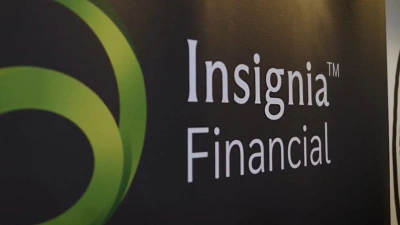ING clears service hurdles


Alexis George
ING has just completed an overhaul of its platform’s customer service processes after coming to terms with the fact advisers were taking their business elsewhere because OneAnswer was too hard to do business with.
The result is a reduction in external complaints by almost 50 per cent and an increase in productivity of 30 per cent.
Independent researcher brandmanagement highighted ING’s improvement in its latest report on the Australian wrap and master trust market: “ING OneAnswer has shown it has had a remarkable change in fortunes over the past year … showing a dramatic turnaround in adviser ratings compared to last year. This has been reflected in the high satisfaction scores it was given this year.”
ING executive director for personal investments Alexis George said an increasing loss of business 18 months ago led to the overhaul.
“If we didn’t have a serious think about our business we would have lost market share,” she said.
The company’s culture was one of the main issues that needed to be addressed, as it was not customer focused, lacked accountability and failed to reward good performance.
At the same time, the integration of people, systems and processes through the merging of ING and ANZ’s operations was causing errors.
“It was predominantly advisers complaining, saying we were too slow and made too many errors,” George admitted.
“The problems were there because over time our customer service area didn’t have enough focus as being an important part of the business.”
There had been attempts to rectify the situation internally, however these were unsustainable, so ING turned to an external specialist in this area, Proudfoot Consulting, for help.
Despite some initial resistance from some staff members, ING’s 250-strong customer service division received a number of major changes, including the introduction of relationship managers to focus solely on top tier advisers.
The training process for new recruits was also increased from one to eight weeks and there has been a shift in company culture, with greater focus on individual key performance indicators.
The results of this are a 37.5 per cent reduction in end-to-end processing time, a 52 per cent decrease in rework/re-indexing and a reduction in the number of backdating events by 50 per cent.
“We are not where we need to be yet; we need to keep moving, but we now have the skills to do that,” George said.
Recommended for you
Net cash flow on AMP’s platforms saw a substantial jump in the last quarter to $740 million, while its new digital advice offering boosted flows to superannuation and investment.
Insignia Financial has provided an update on the status of its private equity bidders as an initial six-week due diligence period comes to an end.
A judge has detailed how individuals lent as much as $1.1 million each to former financial adviser Anthony Del Vecchio, only learning when they contacted his employer that nothing had ever been invested.
Having rejected the possibility of an IPO, Mason Stevens’ CEO details why the wealth platform went down the PE route and how it intends to accelerate its growth ambitions in financial advice.














